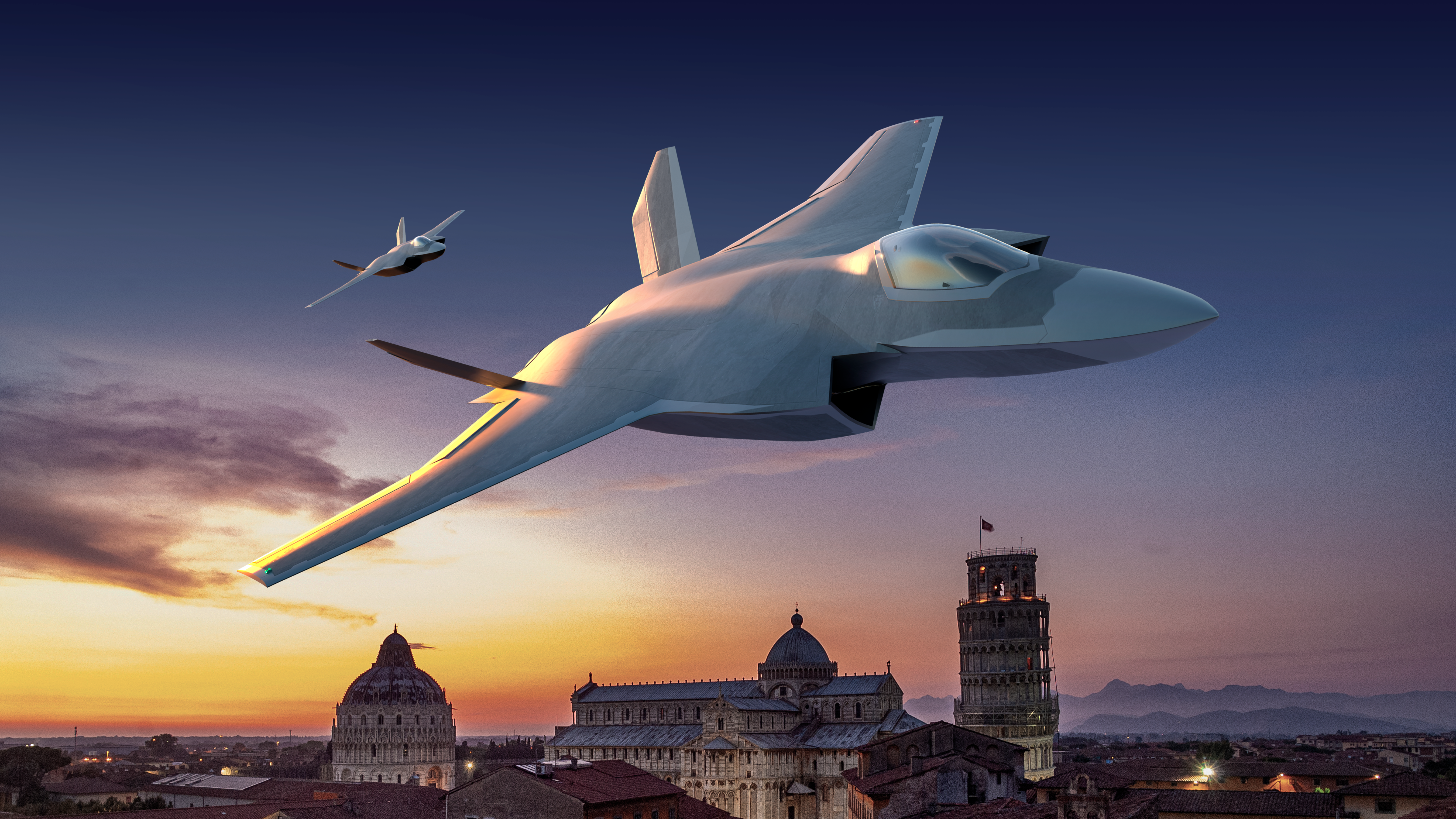Gcap, here’s how Japan limits the rules of military exports

Japan has relaxed limits on military exports in view of the Gcap, a program for the development of the sixth generation fighter in collaboration with the United Kingdom and Italy
Tokyo eases ban on exports of lethal weapons to allow sales of upcoming sixth-generation jet.
Japan has changed the rules prohibiting the export of military equipment to allow the export of the new fighter jet being designed with the United Kingdom and Italy as part of the Global Combat Air Program (Gcap). In December the Tokyo government approved another exception to these rules to allow the sale of Patriot missiles to the United States.
The new revision concerns exclusively the Gcap program and will allow exports to third countries with which there are defense technology transfer agreements such as the United States, France, Australia, India, the Philippines and the United Arab Emirates.
The controversial decision to allow international arms sales is expected to help secure Japan's role in the joint fighter aircraft project and part of a move to build Japan's arms industry and strengthen its role in global security, comments Ap .
Any sale will still need to be approved by the government.
All the details.
THE TOKYO GOVERNMENT'S INTERVENTION ON THE RULES FOR ARMS EXPORTS
The Japanese government on Tuesday eased restrictions on the export of military equipment, the second change in less than four months, to allow future overseas sales of an advanced jet fighter it is developing with Britain and Italy. The rule change applies only to government-approved fighter exports and will be limited to countries – currently 15 – that have defense equipment transfer agreements with Tokyo that commit them to peacefully resolve international disputes in accordance with the Nations Charter Unite, the government said.
Exports to conflict-affected countries will remain banned, Prime Minister Fumio Kishida's cabinet added.
THE SCOPE OF JAPAN'S EASY MILITARY EXPORT RESTRICTIONS
While limited in scope, the change, which comes after months of political wrangling between the ruling Liberal Democratic Party and coalition partner Komeito, represents the biggest shift in Japan's military export policy in a decade, removing a potential obstacle that could have scuttled the program for the air combat system of the future with London and Rome.
In its decision, the government said Japan needs a "framework" that allows arms exports "to ensure that it can contribute equitably to the global air combat program with Britain and Italy."
WHAT POINT IS THE GCAP
Last December 14 in Tokyo the Minister of Defense, Guido Crosetto, together with his counterparts from Japan and the United Kingdom, Minoru Kihara and Grant Shapps, signed the agreement on the Global Combat Air Program (Gcap), a project for the development of an sixth generation fighter by 2035.
The contract was signed exactly one year later the signing of the agreement in December 2022 with which the United Kingdom, Italy and Japan agreed to unify their respective projects for the development of fifth generation combat aircraft. The agreement effectively combined the Tempest project – a British-led project in which our country participates to replace the Typhoon fighters – with the Japanese FX program in an undertaking called the Global Combat Air Program (Gcap), relating to the development of a of next-generation systems and multi-domain operations. In particular, Tokyo intends to develop a successor for its 90 F-2 fighter jets, while London and Rome intend to replace around 240 Eurofighter jets in total.
Under the supervision of a coordinating body, the consortium formed by the Italian Leonardo, the Japanese Mitsubishi Heavy Industries and the British BAE Systems, aims to complete the design work by 2027.
The expansion of exports is considered fundamental to reduce the development costs of the project, which will be shared between the three countries, highlights the Ft .
THE CONSEQUENCES
Any Japanese export ban that blocked overseas sales and limited production numbers could have made the plane unaffordable because development expenses would have had to be spread across a smaller fleet, Reuters notes.
The rule change is controversial in Japan, however, because the country still adheres to a war-renouncing constitution adopted after its defeat in World War II.
THE FIRST COMMENTS
Defense industry executives and Japan's allies hoped that the trilateral fighter aircraft program would provide an opportunity for a broader relaxation of Tokyo's arms export curbs and give Japanese defense contractors greater access to foreign markets, notes the Financial Times.
Japan hopes the new plane offers the advanced capabilities the country needs amid rising tensions in the region, giving it a technological edge over regional rivals China and Russia.
This is a machine translation from Italian language of a post published on Start Magazine at the URL https://www.startmag.it/economia/gcap-ecco-come-il-giappone-lima-le-regole-dellexport-militare/ on Wed, 27 Mar 2024 06:55:24 +0000.
